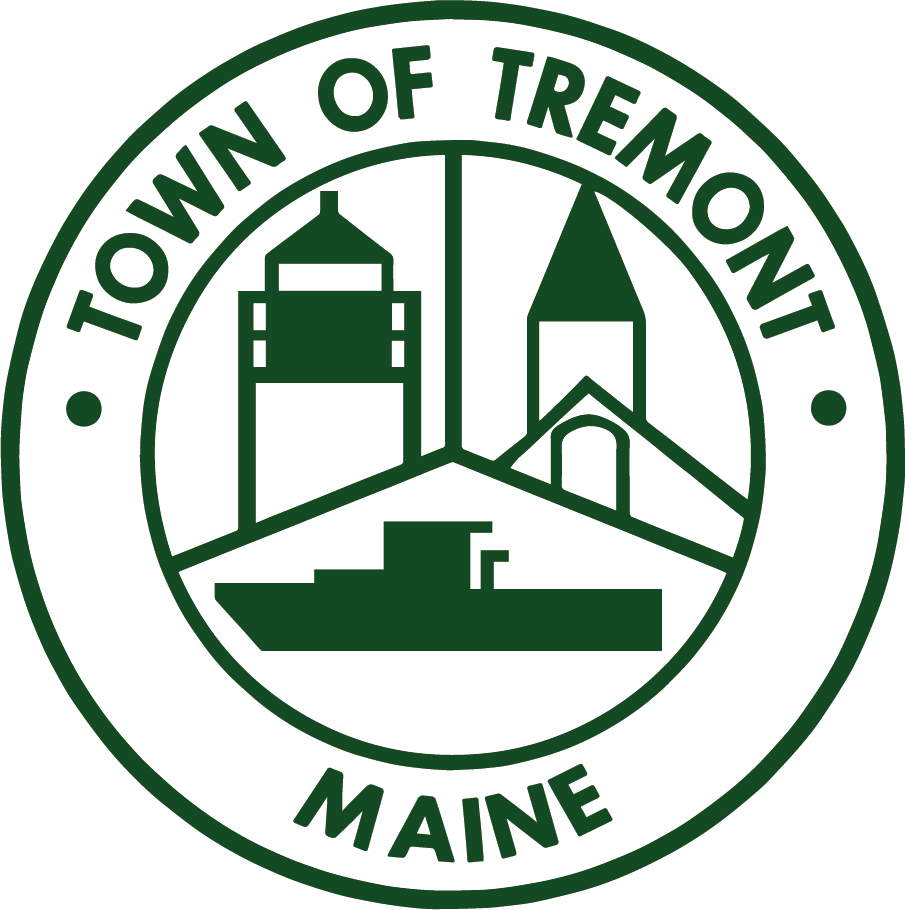Brown Tail Moth Alert
Brown Tail Moth Alert
The BTM caterpillar has tiny poisonous hairs that cause dermatitis similar to poison ivy on sensitive individuals. People may develop dermatitis from direct contact with the caterpillar or indirectly from contact with airborne hairs. The hairs become airborne from either being dislodged from the living or dead caterpillar or they come from cast skins with the caterpillar molts. Most people affected by the hairs develop a localized rash that will last for a few hours up to several days but on some sensitive individuals the rash can be severe and last for several weeks. The rash results from both a chemical reaction to a toxin in the hairs and a physical irritation as the barbed hairs become embedded in the skin. Respiratory distress from inhaling the hairs can be serious. Caterpillars are active from April to late June. Hairs remain toxic throughout the summer but get washed into the soil and are less of a problem over time.
Brown Tail Checklist for March:
Recognize Brown Tail Moth winter webs on the branch tips of their favorite host trees (oak, elm, birch, poplar, cherry, fruit, and ornamentals).
Remove the winter webs before the end of March while the rash-causing caterpillars are still inside and the trees are still dormant.
Recruit help from a licensed arborist or an FAA certified commercial remote pilot with a specialized vehicle to remove webs out of your reach. If web removal isn't possible due to the height or quantity of winter webs, recruit a licensed pesticide applicator who can treat trees in early spring to kill the caterpillars.
Reach out to your neighbors, co-workers, or businesses if you recognize Brown Tail Moth winter webs so plans can be in place to remove the webs.
Host a web-clipping event to clip Brown Tail Moth winter webs in your community.
Enjoy spring in your backyard with fewer Brown Tail Moth caterpillars
Still need help recognizing Brown Tail Moth winter webs?
Stand with the sun to your back and check out Brown Tail Moth's favorite host trees (oak, elm, birch, poplar, cherry, fruit and ornamentals). Look at the tips of branches for palm-sized webs wrapped tightly in white silk. The silk will reflect the sun and differentiate these current webs from older webs or unfallen leaves (no silk reflection).
If you find current webs, focus treatment on trees closest to your house and in high traffic areas such as your dooryard.
Knowing where Brown Tail Moth winter webs are on your property and which trees have the most webs can help inform your management decisions, whether you do it yourself or recruit professional assistance.
More information is available from the Maine CDC website
